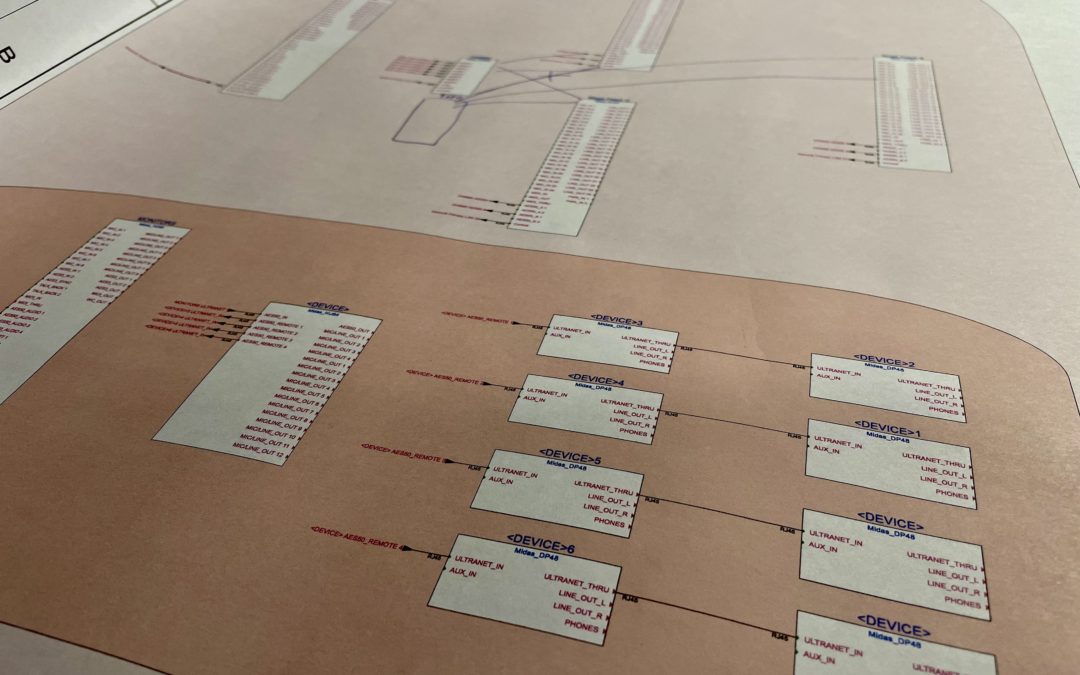AV technology isn’t just about sound and visuals; it’s about creating experiences. In the retail sector, brands can use immersive audio and dynamic displays to create an atmosphere that mirrors their identity, turning shopping into an experience rather than a chore. Hospitality venues, like hotels and restaurants, utilize AV solutions to set the mood, using curated playlists and visuals that change with the time of day or season, making every visit unique.
Consider the transformative power of a well-crafted AV setup in a corporate lobby. Instead of a static environment, visitors are greeted by an ever-changing tapestry of sound and imagery that tells the company’s story, reflects its culture, and even showcases its achievements in real-time.
In the digital age, information is king. AV integration excels in making information not just accessible, but engaging. Digital signage in public spaces can guide, inform, and alert, adapting to the needs of the moment. Interactive screens in educational settings turn learning into an engaging, hands-on experience.
AV technology also plays a crucial role in safety, delivering real-time alerts and information during emergencies. By leveraging AV integration, businesses and public services can ensure that crucial information is not only delivered but noticed and acted upon.
Perhaps the most exciting aspect of AV technology is its role as a medium for creative expression. Art installations and live performances now incorporate AV elements to create immersive experiences that challenge perceptions and engage audiences on multiple levels. From digital art exhibitions that interact with viewers to concerts that merge sound and light in innovative ways, AV technology pushes the boundaries of creativity.
Public spaces are transformed into interactive playgrounds where every surface can tell a story or respond to human touch. These creative uses not only highlight the technical capabilities of AV integration but also its potential to inspire and provoke thought.
The versatility of AV integration is best illustrated through examples. The New York Museum of Science engages visitors with interactive floors that react to movement, turning a walk through the museum into a journey of discovery. On a larger scale, the Burj Khalifa’s dynamic LED facade captivates onlookers with stunning visual displays, showcasing how AV technology can turn a building into a living canvas.
The potential of audiovisual integration extends far beyond enhancing presentations; it lies in its ability to transform spaces into experiences. Whether it’s setting the ambiance, conveying information, or fueling creativity, AV technology offers limitless possibilities for businesses, educators, and artists alike.
Are you ready to explore how audiovisual integration can transform your space? Whether you aim to captivate, inform, or inspire, the journey begins with envisioning the possibilities. Let’s embrace the future of AV technology together.

